There is a particular kind of horror that comes from staring at your face on Zoom. It's as if your visage has been summoned from the deep void of the uncanny valley only to stare back at you; watching you as you watch it. You're your own voyeur. It can be unsettling, to say the least.
Now take that feeling of unreality and layer on feelings of dysphoria and the knowledge of being watched by strangers who feel that they, in the watching of you, have gained entitlement to you. What you've discovered is the subtle, yet insidious creeping horror at the core of writer-director Jane Schoenbrun's brilliant debut feature We're All Going To The World's Fair.
In the film, Casey is a teen living a very "online" life. While we see little of her life outside the confines of her attic bedroom, there's an aching sense of longing there, which is beautifully conveyed by Anna Cobb (making her feature film debut). She spends hours watching videos, particularly from an online game called the World's Fair Challenge -- which begins, of course, with a blood sacrifice onto one's computer screen. The game claims to transform participants in grotesque ways, and Casey, who takes the challenge, promises to document her transformation.
Almost immediately, she catches the attention of a masked follower who's equally paternalistic and predatory in his concern for her well-being and demands for content. It's a thoroughly modern horror tale that's universal, but also deeply personal to its creator who also experienced online grooming in a chatroom as a teenager, and who came out -- to themselves -- as trans during the creation of the film.

Schoenbrun has an impressive list of credits as a producer and writer, but this marks their feature film debut as a director -- and that's no accident.
"When [I was] making this transition into being comfortable in my skin as an artist and comfortable in my skin as a trans person, [they] are like completely synonymous parallel tracks in [that] one hand totally shakes the other," they tell The Advocate. "I just had so much shame about making art as myself. Before I realized I was trans, I had written multiple screenplays for other filmmakers because I felt like I'm not a filmmaker, I can't make my own work about trans people, and yet there was this loud voice from my subconscious being like, 'Buddy, come on already, crack. Crack that egg.'"
After a mushroom trip and a whole lot of soul searching, Schoenbrun came out to themselves and immediately felt a change. "I was ashamed of the person I really was and [was] hiding from that person and then that shame dissipated. At first I said, 'Yes, I'm trans, that's just who I am. You can't do anything about that.' And then started to actualize that and become something that felt impossible for my entire life, which was becoming the person that I was and wanted to be."

Schoenbrun does something that seems impossible in this film, which is to infuse it with a feeling of dysphoria without ever putting a name to it -- it's there, buried deeper than subtext, but it works its way into the viewer's subconscious. It's eerie to those unfamiliar with the feeling, but instantly recognizable to those who've lived it. But how did they achieve it? The first step, they say, was to not think too hard about it.
"When I was the age that Casey is in the film, I was just feeling [dysphoria] and living it. And I think while working on the film, I very much felt it too. So in a lot of ways, I was trying to get a feeling that, at the time, I didn't exactly have words for, out through images and through performance," Schoenbrun explains. "I think it just shines because I wasn't trying to intellectualize it. I was just trying to represent it. But, you know, the deeper I get in my work -- and I'm now making work as a trans artist, from a very different place -- I'm feeling less dysphoria, but feeling, I think, the even more surreal feeling of becoming real. Which is its own strange thing to try to represent."
What Schoenbrun has also discovered is that screens are an effective metaphor for expressing -- and exorcising -- those feelings of dysphoria. "I think it's a potent metaphor, but it's something that we can all understand: how much of our lives we all live through screens. And it also has always felt essentially dissociative to me. Investing myself so deeply in the fiction of screens and sort of leaving my body by giving my sense perceptions over to the 'reality' of the screen has been a place to hide for a lot of my life."

It's a metaphor they're planning to return to. "I'm working on what I call my 'screen trilogy.,'" they say. "World's Fair is number one, the movie we're shooting this summer for A24, I Saw the TV Glow, is two. And that's really about seeing yourself through a screen, then slowly realizing the limits of that. It's sort of my egg crack movie, to put it in trans terms. And then I'm also working on this TV project called Public Access Afterworld that's also set up with A24. That's sort of all about digging even deeper into screens, as a metaphor for the ways in which we don't experience ourselves when we're going through dysphoria and coming to terms with transness. But [it's] a project that's sort of about maybe breaking through that screen to a certain degree."
It's thrilling to know that Schoenbrun is just getting started as a trans voice in the arts. At the same time, they say that, with their "egg crack", there also came the sad realization that others' voices were lost due to fear and suppression outweighing their right to live an authentic life. "I have this inkling that if I was born 10 years earlier, and was 45 right now instead of 35, I wouldn't have had the strength to have my egg crack," they share. "Repression would have been survival, because the world that I would have experienced would have been too unkind to be doing what I'm doing now." Despite this, they add a note of hope. "When I go and speak in college classes, like three kids in every class are nonbinary and trans. And if I was born 10 years later, I would have cracked at 15 or 16."

We're All Going to the World's Fair has already become a touchstone for other trans people online. "Kids are tagging me in their coming out posts on Twitter," they say. "One of my closest friends, who I've known for 15 years and always felt a real kinship with, told me that they watched the film and didn't understand why it hit them so viscerally. [They] talked about it in therapy for a month and then came out. [It was] so validating for me to have done that scary work of being vulnerable about myself in the way that I was, and then seeing it help other people makes me feel more valid in my identity, as well, in a really beautiful way.
Some might be surprised that a horror film would have that effect, but, as Schoenbrun explains, it speaks to a very deep and rarely seen on screen aspect of the trans experience. "If it's a horror film -- and I'm not sure it is -- I would always describe it as 'the horror of being seen and the horror of seeing.' And again, these are just deeply trans horrors, I think," they say. "And so at the heart of it [is] this idea of knowing how you're being perceived, and trying to change it, but that's both in and out of your power to do."

While that no doubt resonates, the film, ironically, does alter perception by bringing to screen that feeling of dysphoria that's easy to name, but so hard to comprehend if it isn't your lived experience. That subtle Gestalt shift is powerful and necessary, and one of many reasons why We're All Going To The World's Fair will stick with you long after the credits roll.
We're All Going To The World's Fair is available on video on demand on April 22. Watch the trailer below.







































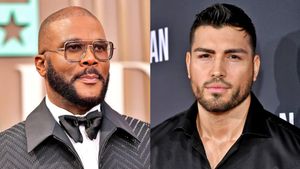




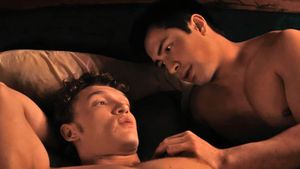



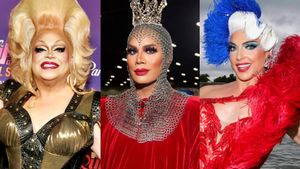

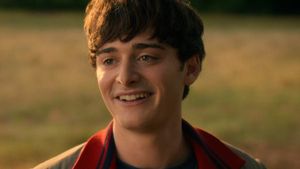









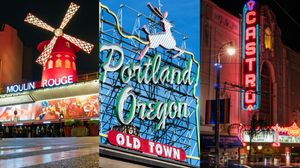

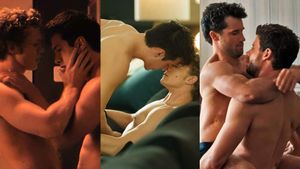
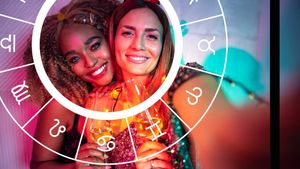

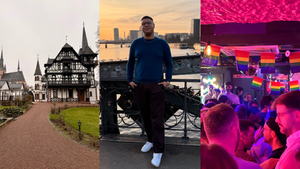


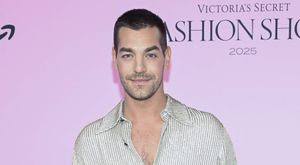

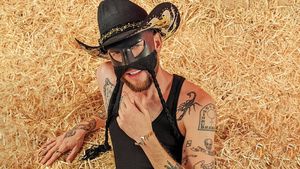


Charlie Kirk DID say stoning gay people was the 'perfect law' — and these other heinous quotes